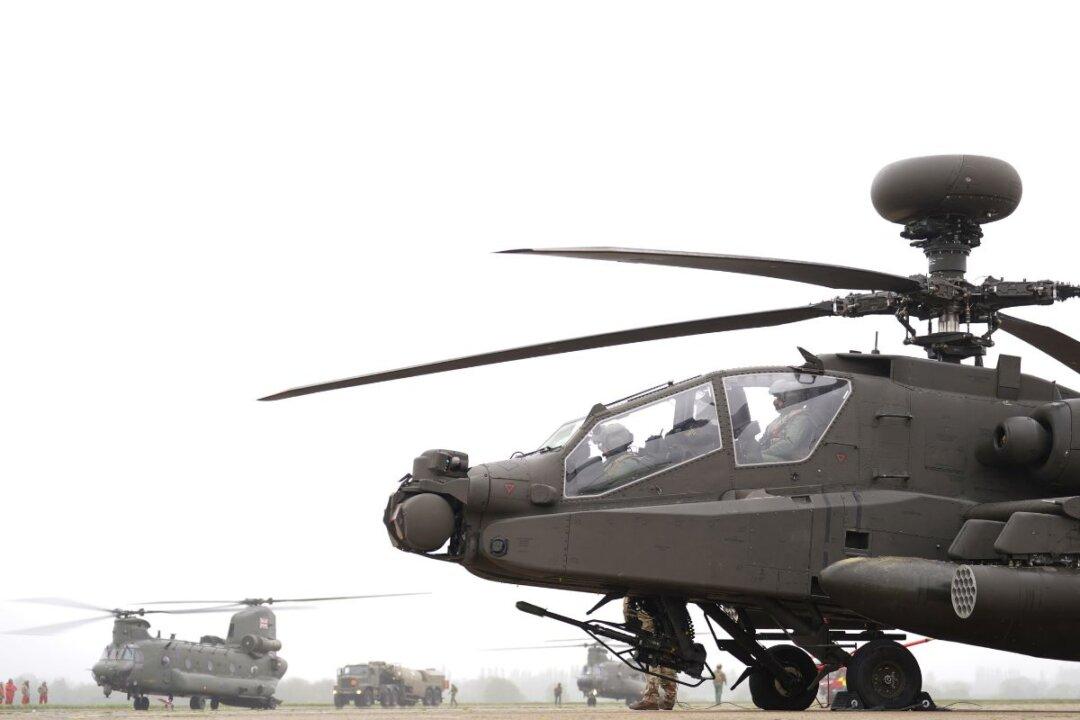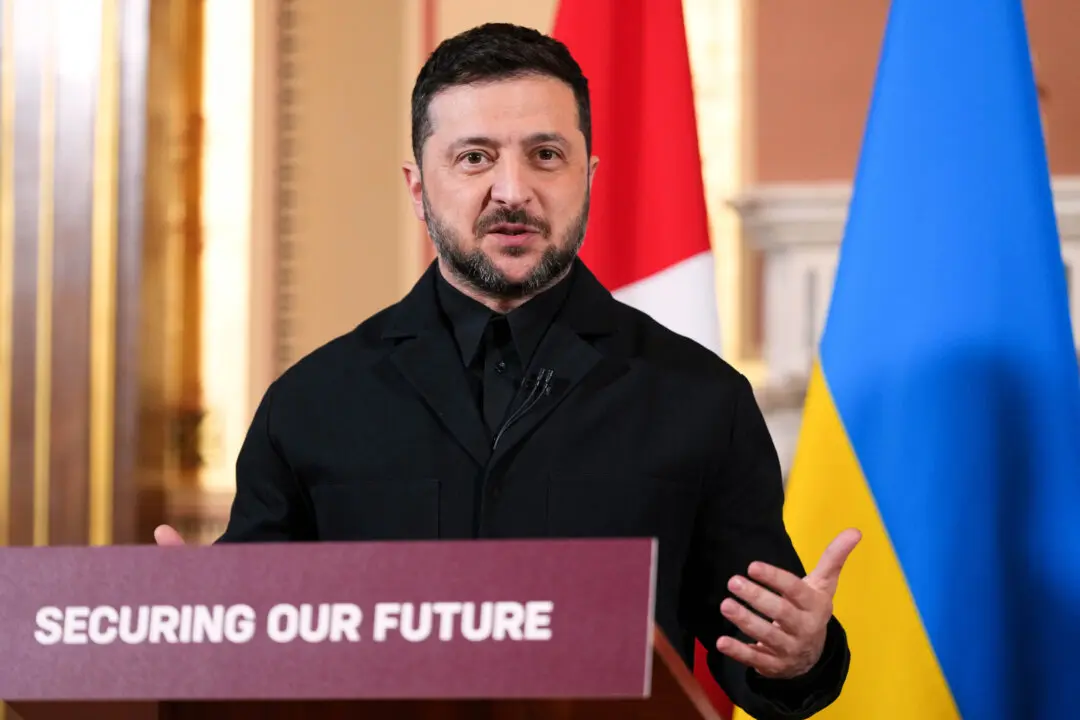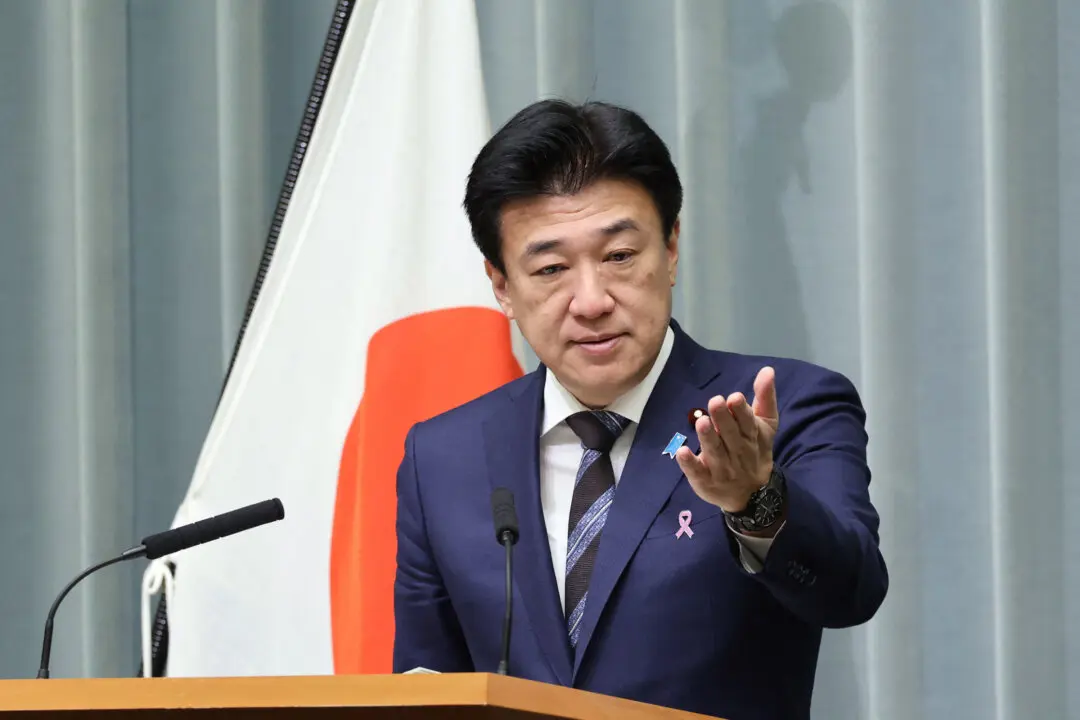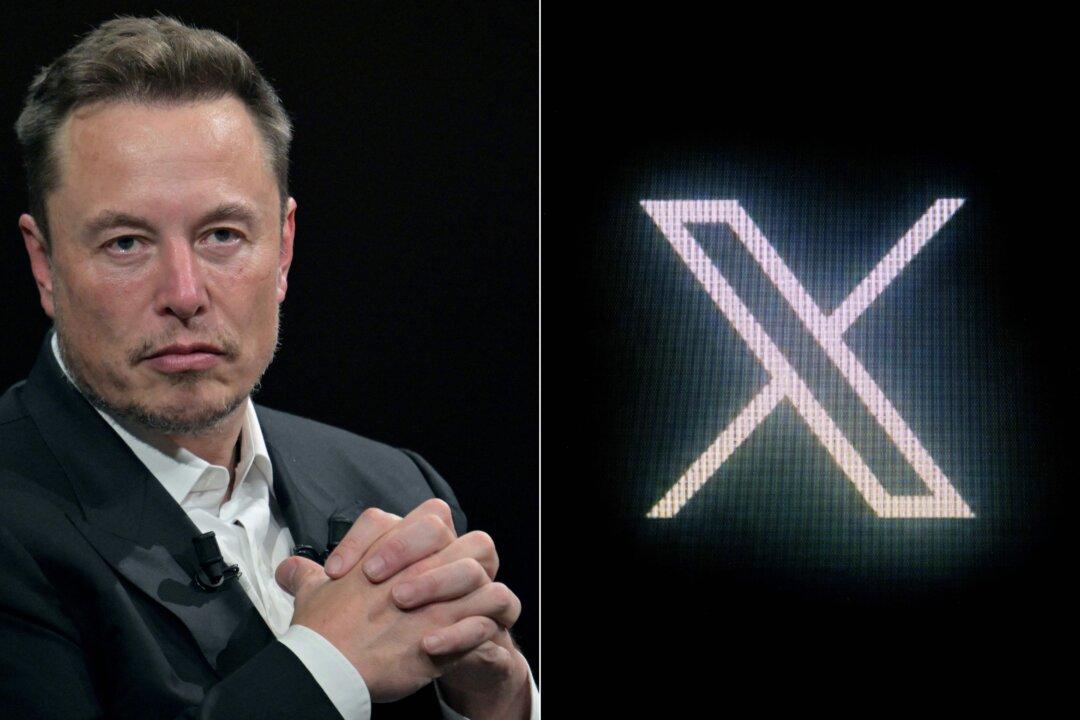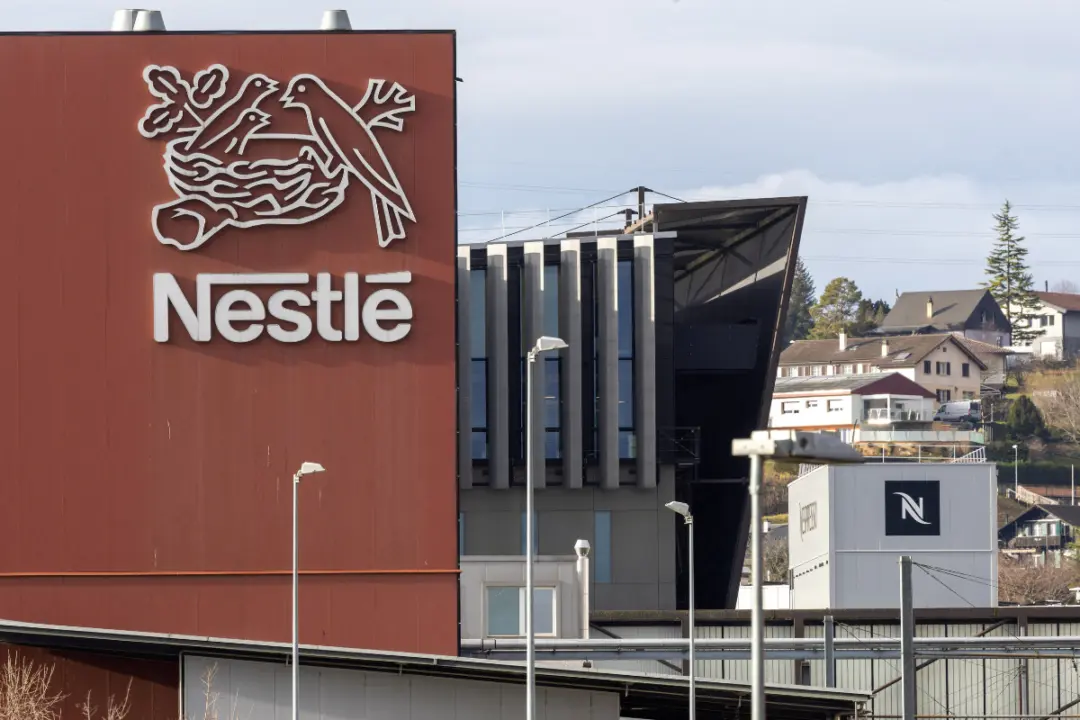Thousands of British troops will be put on standby to be deployed to Estonia’s border with Russia, as part of a new NATO defence strategy.
The agreement signed by Defence Secretary John Healey and his Estonian counterpart will see the Army’s 4th Brigade put on “high readiness” and could see soldiers sent to NATO’s eastern flank within 10 days of being called up.
